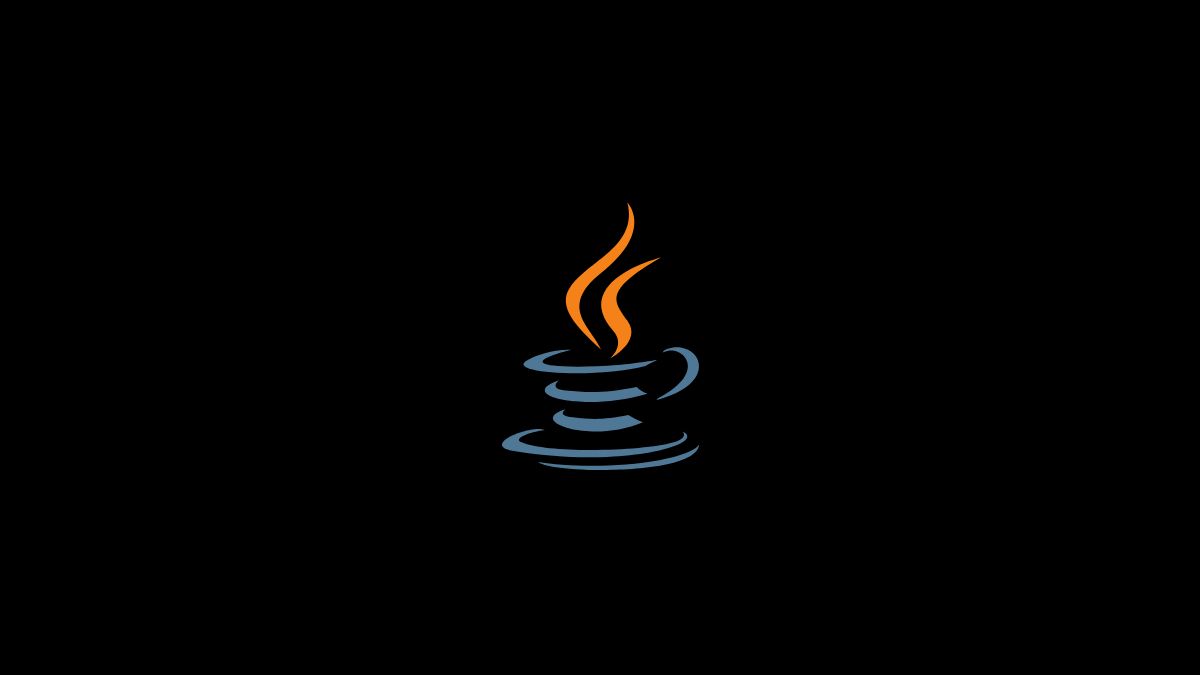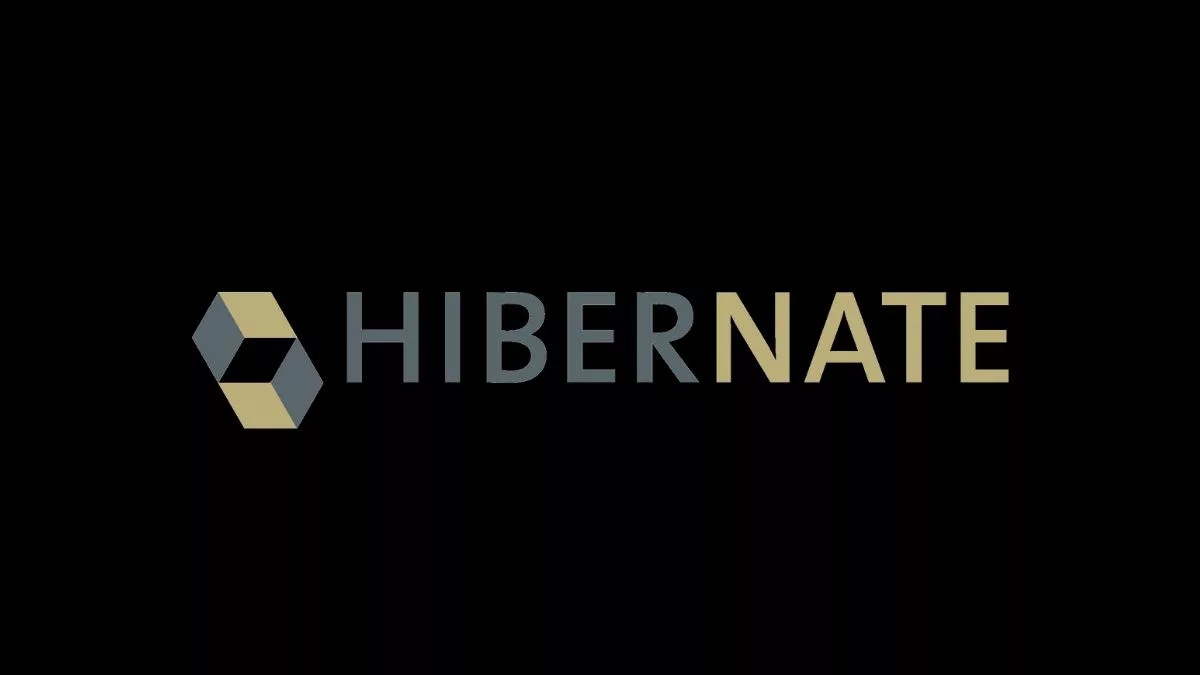Java

Understanding the Difference Between when() and doXxx() Methods in Mockito
Explore the key differences between Mockito's when() and doXxx() methods for stubbing in Java unit tests. Learn when to use each method for effective mocking, including scenarios for return methods, void methods, and handling exceptions, to enhance your unit testing practices and improve software quality.

Leveraging Mockito’s MockConstruction for Effective Unit Testing
Explore when and why mocking constructor calls is essential in unit testing, including handling external dependencies, complex initialization, side effects, and more. This guide delves into scenarios where mocking constructors enhances test isolation and reliability, especially in legacy code and third-party libraries, ensuring focused and efficient testing practices.

Resolving Hibernate Mapping Exception – Unknown Entity
Learn how to resolve the "Hibernate Mapping Exception – Unknown Entity" error in Java. This guide covers common causes like missing annotations, configuration issues, and solutions to ensure Hibernate recognizes your entity classes, along with best practices for smooth ORM operation in your applications.

Mastering the Jersey JAX-RS Client for RESTful Communication
Explore how to effectively use the Jersey JAX-RS client for consuming RESTful services in Java. This comprehensive guide covers setup, making HTTP requests, handling responses, and utilizing advanced features like asynchronous requests and interceptors, equipping developers with the knowledge to integrate RESTful communication seamlessly into their Java applications.

Handling Duplicate Keys When Producing Maps Using Java Stream
Learn how to handle duplicate keys gracefully when producing maps using Java Stream. This guide explores strategies like choosing or combining duplicates and collecting them into custom collections, providing practical examples to ensure robust and error-free code in your Java applications.

Understanding Cache Eviction in Spring Boot
Discover how to implement and manage cache eviction in Spring Boot applications effectively. Learn about the @CacheEvict annotation, strategies for conditional and complete cache invalidation, and best practices for ensuring your cached data remains accurate and efficient. This guide provides insights into configuring cache eviction policies and optimizing application performance with Spring Boot's caching capabilities.

Understanding the Pattern.quote Method in Java
Explore the functionality and practical applications of the Pattern.quote method in Java for handling strings with special characters in regular expressions. This article provides an in-depth look at how Pattern.quote works, including scenarios where it's indispensable for matching file paths, user inputs, and dynamically constructed regex patterns, ensuring literals are treated accurately in your Java applications.

Exploring the New Features in Java 16
Explore the exciting new features introduced in Java 16, including the Vector API, ZGC improvements, Elastic Metaspace, pattern matching for instanceof, records, strong encapsulation of JDK internals, and sealed classes. This article provides an overview of each feature, showcasing how Java 16 enhances developer productivity, application performance, and language expressiveness.

Leveraging Primitive Type Streams in Java 8
Explore the power and efficiency of Primitive Type Streams in Java 8, including IntStream, LongStream, and DoubleStream, for processing collections of primitive data types. Learn how to leverage these specialized streams for enhanced performance and code readability, with practical examples and advanced use cases that demonstrate their application in statistical operations, data processing pipelines, and custom aggregations.

Understanding Dynamic and Static Binding in Java
Dive into the intricacies of static and dynamic binding in Java, exploring their differences, workings, and implications on performance and polymorphism. This article sheds light on how these binding mechanisms influence Java programming, offering insights into method calls, overriding, and the role of the Java Virtual Machine (JVM) in executing code.
